
On May 5, 1868, General John A. Logan of Illinois, leader of an organization for Northern Civil War veterans, called for a nationwide day of remembrance of “comrades who died in defense of their country” during the recent war between the states. Decoration Day was held on May 30 annually. By 1890, all northern states had adopted the holiday. In 1968, the U.S. Congress established Memorial Day as the last Monday in May.
Decoration Day 1893 was the first “special day” at the World’s Fair in Chicago. Paid admission, which had been slow during May, jumped to 115,578 visitors, the largest since Opening Day.
Here is an excerpt of “Decoration Day” from the Chicago Daily Tribune on May 30, 1893:
The ceremonial of today occurs in conjunction with the great Exposition at Jackson Park, and thousands of strangers will be in the city to witness the parade of the veterans. The one common thought should be that but for these veterans the celebration of the progress of the United States would have been an impossible spectacle. The beautiful White City in which North and South have met in peaceful and harmonious competition could not have been erected in a disunited nation. It represents the whole Nation. Had the veterans failed in the great struggle there would have been no national celebration. Thus the two events emphasize each other. A united people have constructed the White City because of the patriotic self-sacrifice of those in the populous city of the dead. The highest and noblest progress of the Nation dates from the close of the struggle in which they fell.
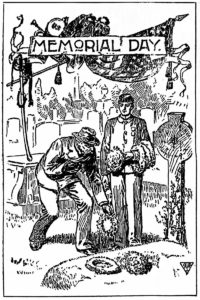
“Memorial Day” from the (Salem, OR) Evening Capital Journal May 29, 1893.

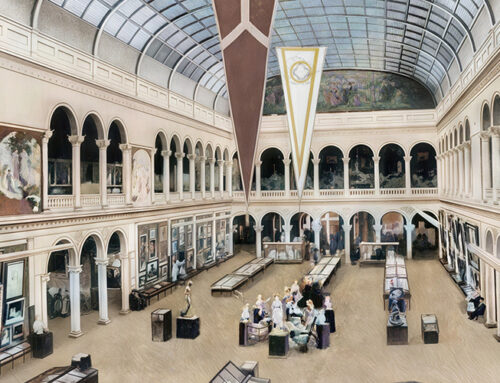
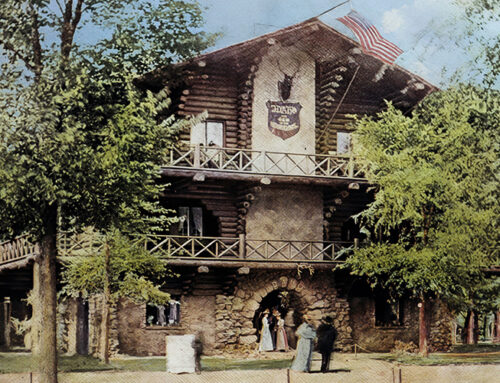
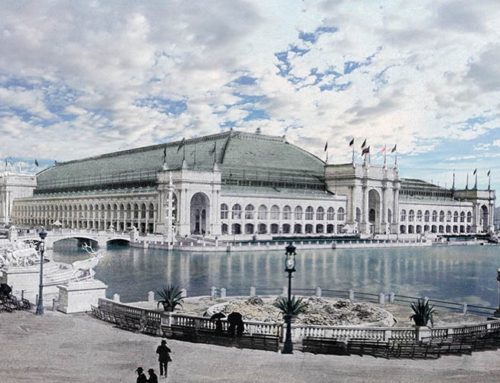
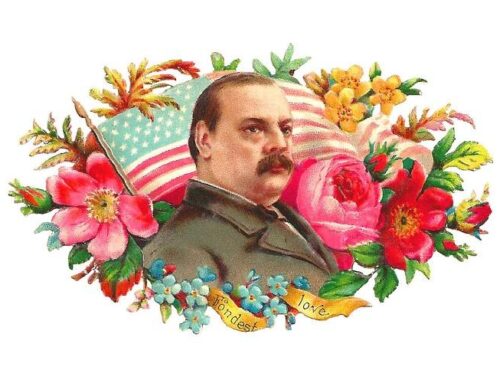
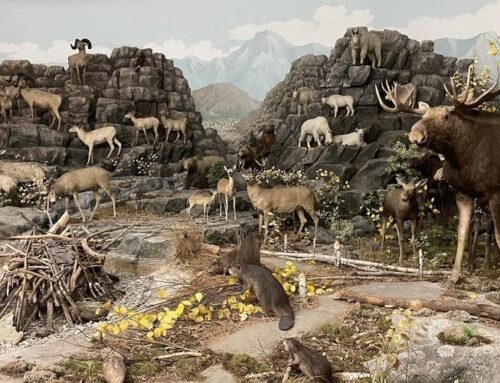
Leave A Comment